In 1898, Mark Twain commented on the incredible heat in India.
“When a person is accustomed to 138 in the shade, his ideas about cold weather are not valuable. I had read, in the histories, that the June marches made between Lucknow and Cawnpore by the British forces in the time of the Mutiny were made in that kind of weather—138 in the shade—and had taken it for historical embroidery. I had read it again in Serjeant-Major Forbes-Mitchell’s account of his military experiences in the Mutiny—at least I thought I had—and in Calcutta I asked him if it was true, and he said it was. An officer of high rank who had been in the thick of the Mutiny said the same. As long as those men were talking about what they knew, they were trustworthy, and I believed them; but when they said it was now “cold weather,” I saw that they had traveled outside of their sphere of knowledge and were floundering. I believe that in India “cold weather” is merely a conventional phrase and has come into use through the necessity of having some way to distinguish between weather which will melt a brass door-knob and weather which will only make it mushy. It was observable that brass ones were in use while I was in Calcutta, showing that it was not yet time to change to porcelain; I was told the change to porcelain was not usually made until May. But this cold weather was too warm for us; so we started to Darjeeling, in the Himalayas—a twenty-four hour journey.”
08 Jun 1935 – HEAT WAVE IN INDIA – Trove
27 May 1935 – TRAGIC HEAT WAVE. – Trove
20 Jul 1934 – THE HOTTEST PLACE. – Trove
02 Jun 1934 – Deaths From Heat – Trove
15 Jun 1966 – INDIA Hundreds die in heat wave – Trove
16 Jun 1932 – 22 PERSONS DIE – Trove
01 Jun 1972 – Fatal heat – Trove
“Probably the hottest major city in the world is Bangkok, Thailand, where the temperature reaches 90° or more virtually every day of the year and humidity often raises the THI Index well above 120°. The months of April and May are its hottest, and the THI hits 130° on occasion. At 9 a.m. on April 26, 2005 the dew point reached 89.6° at the time the temperature stood at 91.4°, resulting in a THI of 136° and making for a delightful morning commute through the city’s traffic-clogged streets. This is the only instance your author can find of a real example of the oft-stated “90° heat and 90% humidity” cliche. In fact, the humidity was 94%.
It is hot in southeast Asia, like it gets every year – and the press is describing it as “climate history’s most extreme event.” The goal is to shut down fossil fuels, so that people don’t have access to air conditioning.
“In the capital Bangkok, temperatures reached 40.1C on Wednesday, while authorities warned of a possible “heat index” of past 52C on Thursday. This measure reflects what the temperature feels like, taking into account humidity levels – an important factor for human health because when the air is more humid, it is harder for the body to regulate its temperature by sweating.”
A freak 1870s climate event caused drought across three continents | New Scientist

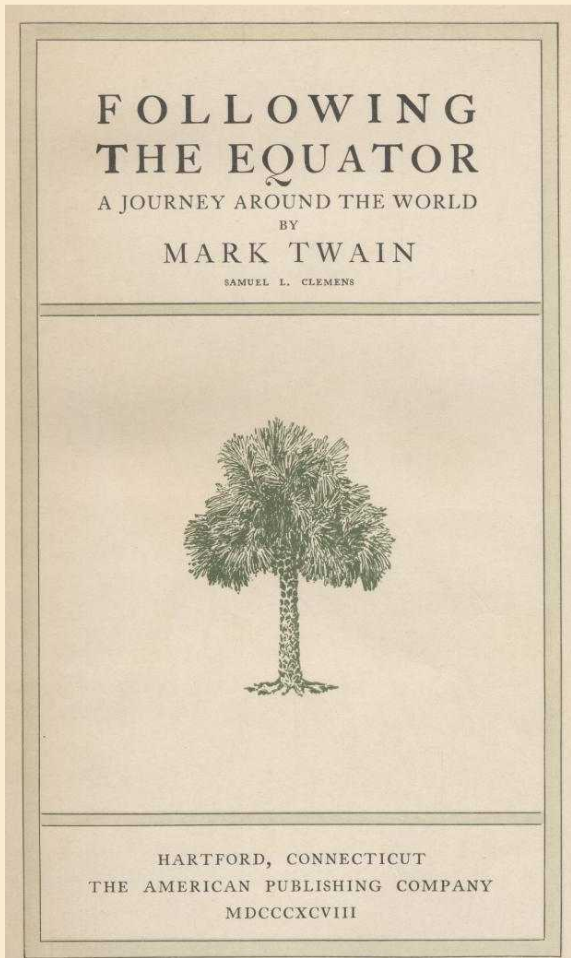


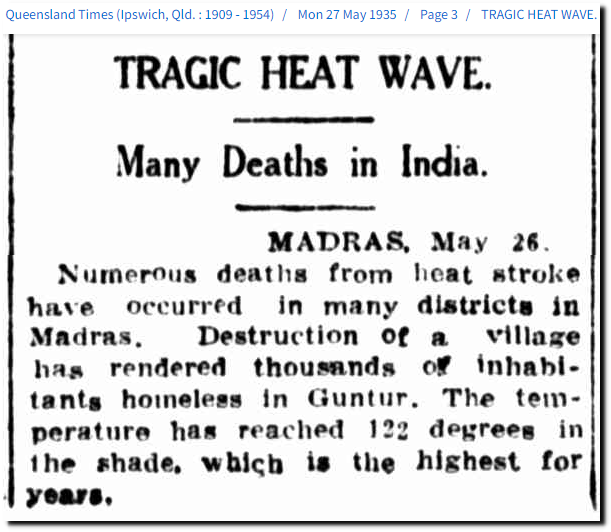

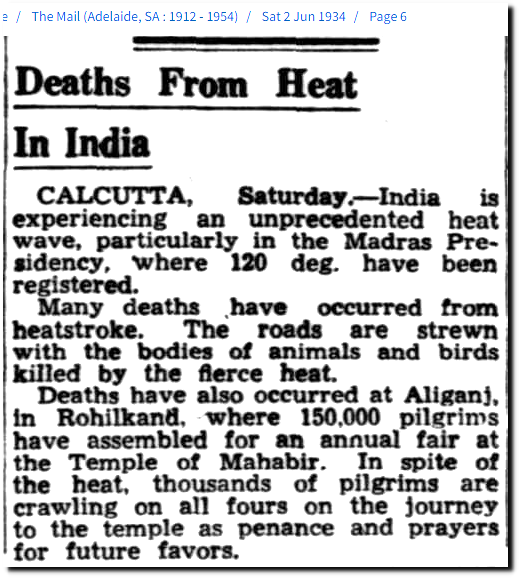
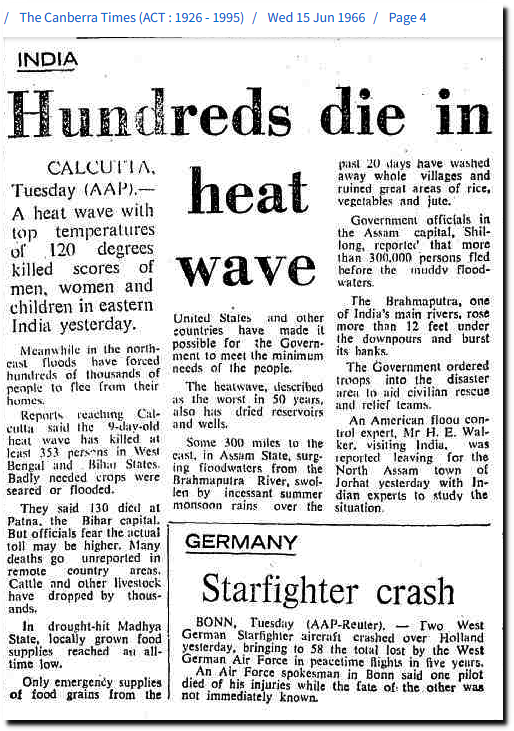
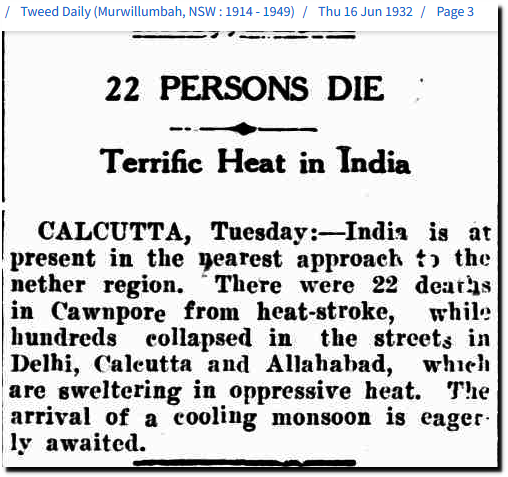
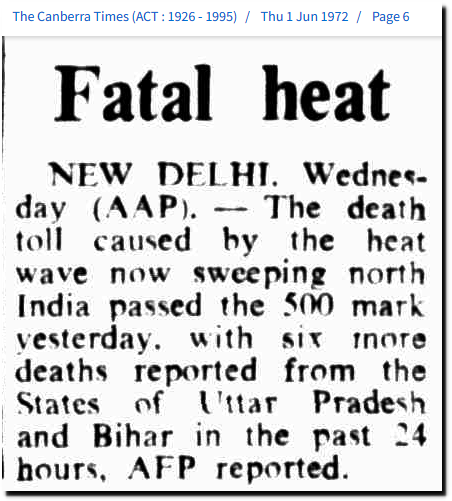
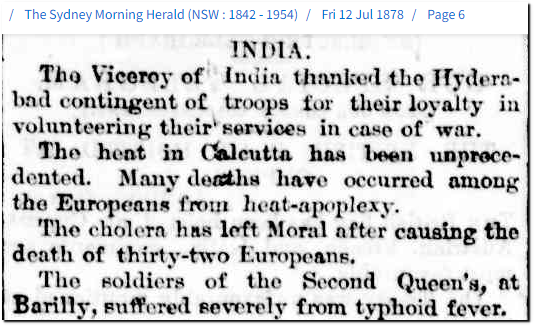




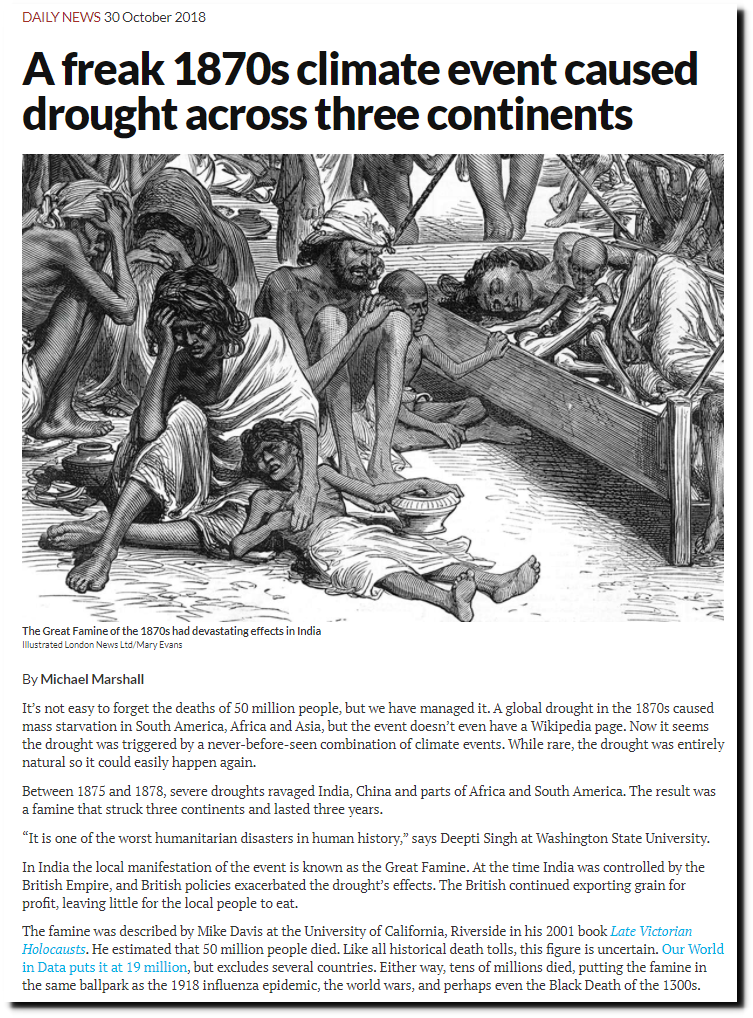
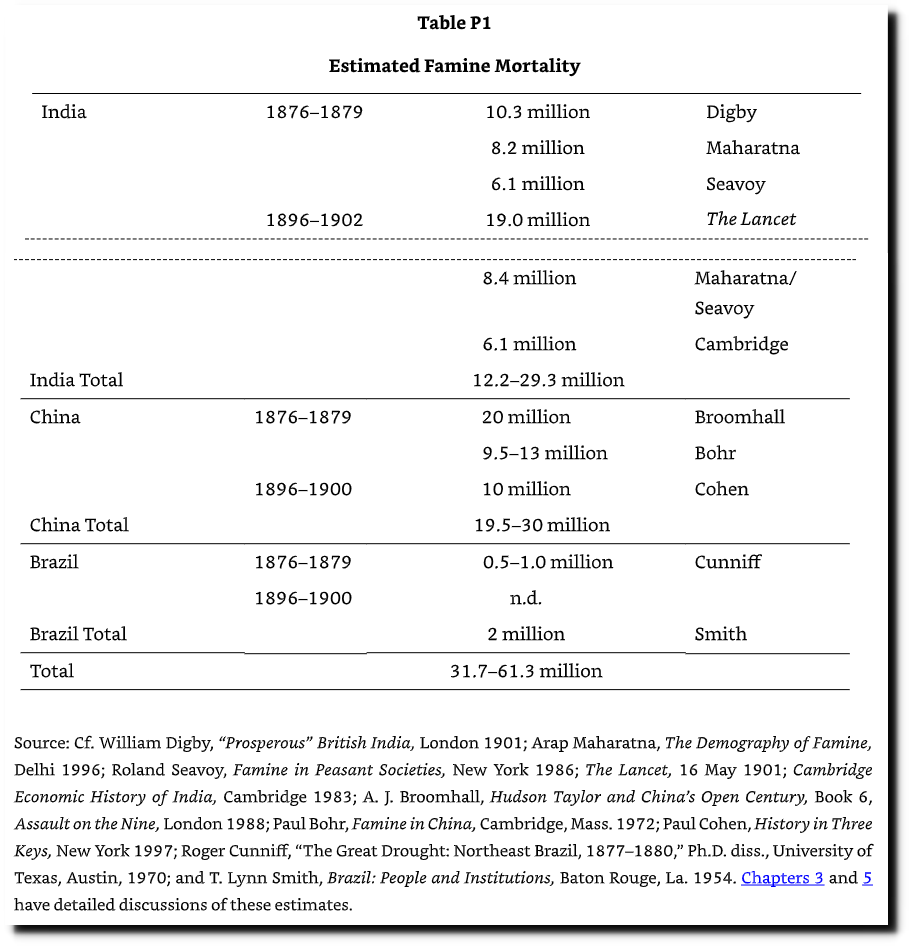

so average dying from heat is 600,000 per year and on average dying from cold average is 5.5 MILLION